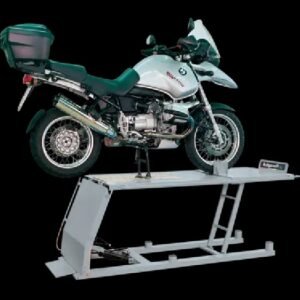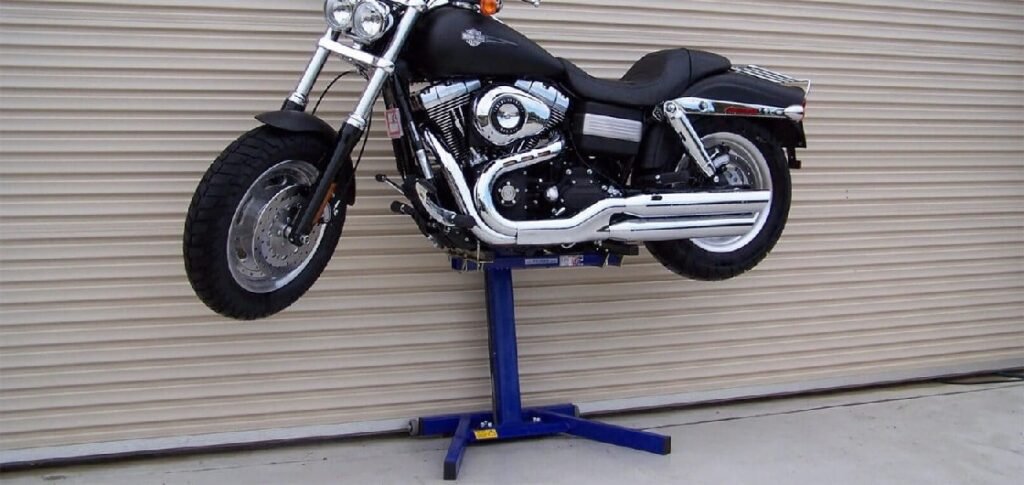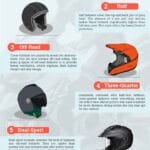The lifters on a motorcycle are critical components that significantly influence the engine’s performance. They play a crucial role in controlling the opening and closing sequence of the engine valves, which is essential for the proper operation of the motorcycle.
Without lifters, your bike’s engine would struggle to breathe efficiently, leading to compromised power and efficiency. Whether you’re a seasoned rider or a beginner, understanding lifters can enhance your overall biking experience. Let’s delve into the details and explore how lifters affect your motorcycle’s performance.
Key Takeaways
- Motorcycle lifters are components that manage the opening and closing of engine valves, ensuring optimal engine performance.
- There are two main types of lifters: hydraulic and solid. Each type has its own set of advantages and disadvantages.
- Proper maintenance of lifters is crucial to prevent common issues such as poor operation and cavity noise.
- Lifter problems should be addressed promptly to avoid more severe engine issues.
- Consult your motorcycle’s manual or a skilled mechanic for advice on lifter maintenance.

Motorcycle Lifters: What are They and How Do They Work?
What Are Lifters on A Motorcycle?
Lifters are an integral part of the valve train in any motorcycle engine. They relay motion from the camshafts to the valves, enabling the opening and closing of valves in sync with the engine’s rotational position. Lifters also help ensure the correct valve-train gaps and reduce engine noise, providing a more pleasant ride.
How Lifters Impact Engine Performance?
Lifters play a vital role in ensuring precise valve timing, which is crucial for optimal engine performance. When lifters function correctly, they facilitate the engine’s ability to generate the expected rotational power and responsiveness. Well-maintained lifters contribute to the engine’s longevity and enhance performance, especially in urban settings where reliability is key.
Why Maintenance of Lifters is Important?
Regular maintenance of lifters and valve lash is essential due to their susceptibility to wear and tear. Ignoring maintenance can lead to issues such as cracked seals and other engine problems. Routine checks of lifter clearance and careful reassembly during maintenance can prevent future issues, ensuring smooth and efficient engine operation.
Types of Lifters
Hydraulic Lifters Overview
Hydraulic lifters are self-regulating components that automatically adjust valve clearance, reducing the need for manual adjustments. This feature is particularly advantageous for riders who prefer less frequent maintenance. Hydraulic lifters provide a smoother ride with lower noise levels and are ideal for conventional riding modes.
Mechanical Lifters Overview
Mechanical lifters require regular adjustments to maintain precise valve clearance. They are commonly used in high-performance engines where accuracy is paramount. While mechanical lifters offer better tuning and customization options, they demand more maintenance and can produce louder engine noise.
Key Differences
Hydraulic and mechanical lifters differ in their maintenance requirements and performance characteristics. Hydraulic lifters offer smoother operation with less noise, while mechanical lifters excel in high-rpm scenarios. Understanding these differences helps riders choose the right lifter type for their needs.

Lifters: The Flip Side
Benefits of Hydraulic Lifters
Hydraulic lifters require minimal maintenance and reduce engine noise, providing a smooth riding experience. They are suitable for non-professional riders who prefer conventional riding modes.
Disadvantages of Hydraulic Lifters
Hydraulic lifters depend on oil quality, and poor oil can affect performance. Complex repair procedures may require advanced settings, leading to higher costs. They may also have performance limitations in high-speed engines.
Benefits of Mechanical Lifters
Mechanical lifters offer precise valve timing and clearance adjustments, making them ideal for high-performance use. They allow for better engine tuning and customization.
Disadvantages of Mechanical Lifters
Mechanical lifters require continuous maintenance and produce louder engine noise. They may also experience wear and tear over extended use.
Common Lifter Problems and Solutions
Symptoms
Lifter problems often manifest as unusual engine noises, such as ticking or tapping. Riders may experience a loss of performance or find metal shavings in the oil, indicating potential lifter issues.
Effects
Impaired lifters can reduce engine efficiency and cause stress on other components. Neglecting lifter issues can lead to significant engine damage and costly repairs.
Advice
Regular oil checks are crucial for maintaining lifter performance. If problems persist, consult a specialist for repairs and maintenance advice. Early detection of issues can save time and money in the long run.
Frequently Asked Questions
What are motorcycle lifters?
Motorcycle lifters are components that help control valve movement, ensuring efficient air intake and exhaust.
Why are lifters important?
Lifters regulate valve timing, essential for proper combustion and engine efficiency.
What are the types of motorcycle lifters?
There are two types: hydraulic and solid. Hydraulic lifters adjust automatically, while solid lifters require manual adjustments.
How do you know if lifters can be used again?
Symptoms of lifter failure include ticking sounds, poor performance, and difficulty starting the engine.
Can you change lifters on your own?
With appropriate mechanical skills, you can change lifters yourself. However, consulting a qualified mechanic is recommended.
How many times a year should I check my lifters?
Check your lifters during regular maintenance or oil changes to prevent potential issues.
What are the lifter problems?
Common problems include wear and tear, sticking due to oil sludge, and incorrect adjustments. Routine maintenance can help prevent these issues.
Summary
Lifters are essential for controlling the valves in a motorcycle engine, impacting overall performance. Understanding the types of lifters and their maintenance requirements can help prevent common issues and ensure your bike remains in top condition. Take an active interest in your motorcycle’s health to enjoy a smooth and reliable ride.

Rakib Sarwar is an experienced blogger and avid automotive enthusiast with a passion for both cars and motorcycles. With years of industry knowledge, he covers everything from in-depth vehicle and bike reviews to the latest trends, maintenance tips, and cutting-edge technology. Rakib’s blog has become a trusted resource for readers who share his love for all things on wheels, offering them engaging and reliable content that fuels their automotive interests.








